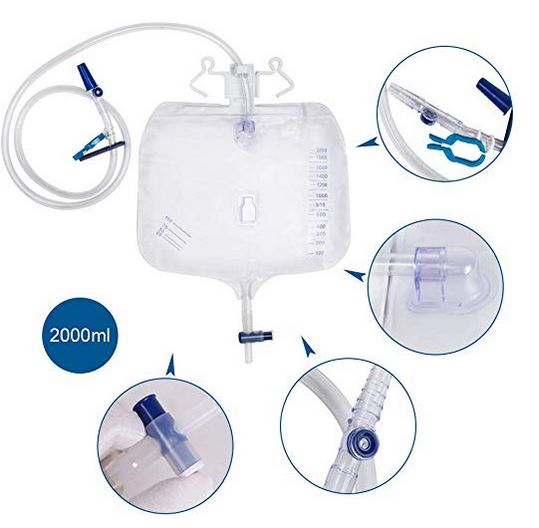A catheter is a thin, flexible tube used to put fluids into your body or take them out.
If you have trouble urinating or controlling when you urinate, a urinary catheter that goes into your bladder can get rid of urine for you.
If you need blood or medicine, your doctor might use an intravenous catheter connected to one of your veins with a needle.
This category is focused on urinary catheters and urology supplies.
If you instead need intravenous catheter supplies, you can find them under Patient Care Products: Infusion IV Supplies.
There are four primary types of urinary catheters:
- Intermittent catheters. You use one of these several times a day, either at scheduled times or whenever your bladder feels full. It usually goes in through your urethra (the tube that takes urine from your bladder out of your body) and drains your bladder. Your doctor or nurse will teach you how to put it in and take it out.
- Indwelling catheter (also called a Foley catheter). This kind stays put. A tiny balloon filled with water keeps one end inside your bladder. The other end drains out into a bag that’s either strapped to your leg or hanging from the side of a bed or a stand. An indwelling catheter needs to be replaced about every 3 months.
- Suprapubic catheter. Your doctor puts this type into your bladder through a cut in your belly, a little below your belly button. It is typically more comfortable than an indwelling catheter and less likely to give you an infection.
- Condom catheter. This may be an option for some men. Nothing goes into your bladder. Instead, a sheath similar to a condom fits around your penis. A tube takes the urine from there into a bag. It may seem more comfortable than other types of urinary catheters, but it can slip or leak.
Below is a sampling of urinary catheter and urology products and equipment. Click on the links to find out more information, see other products selections, and if you like, to make a purchase from one of our providers.


 Personal Development Goals
Personal Development Goals

 Bedrooms Designed for Aging in Place
Bedrooms Designed for Aging in Place Furniture
Furniture Kitchens Designed for Aging in Place
Kitchens Designed for Aging in Place Lighting and Light Switches
Lighting and Light Switches
 Assisting With Functional Mobility
Assisting With Functional Mobility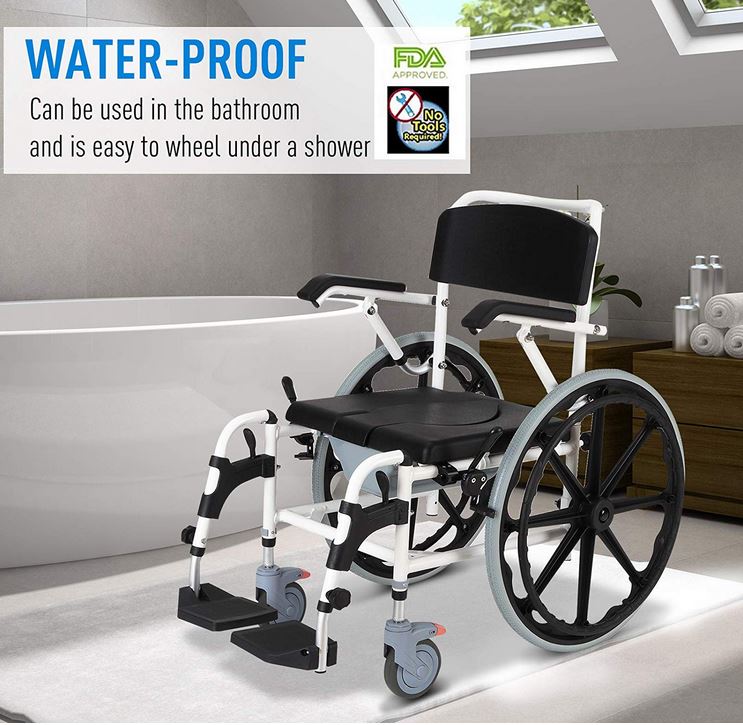 Bath and Shower Mobility Aids
Bath and Shower Mobility Aids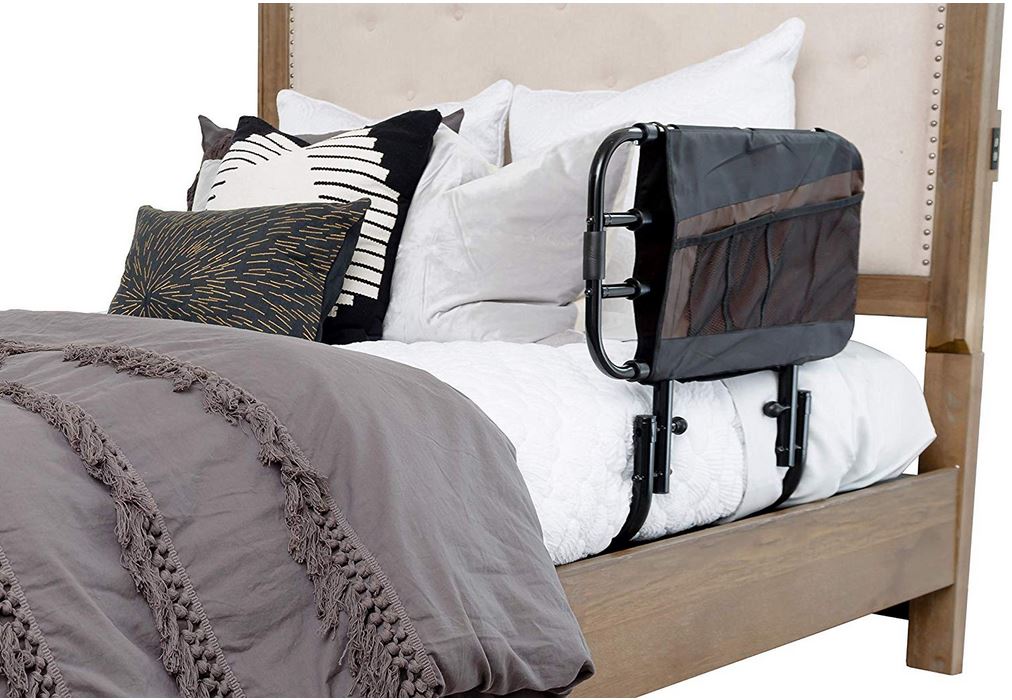 Bedroom Mobility Aids
Bedroom Mobility Aids Assisting with Personal Grooming and Hygiene
Assisting with Personal Grooming and Hygiene Caring for Someone With Incontinence
Caring for Someone With Incontinence Helping People To Cope with Alzheimer’s and Dementia
Helping People To Cope with Alzheimer’s and Dementia Helping With Bill Paying
Helping With Bill Paying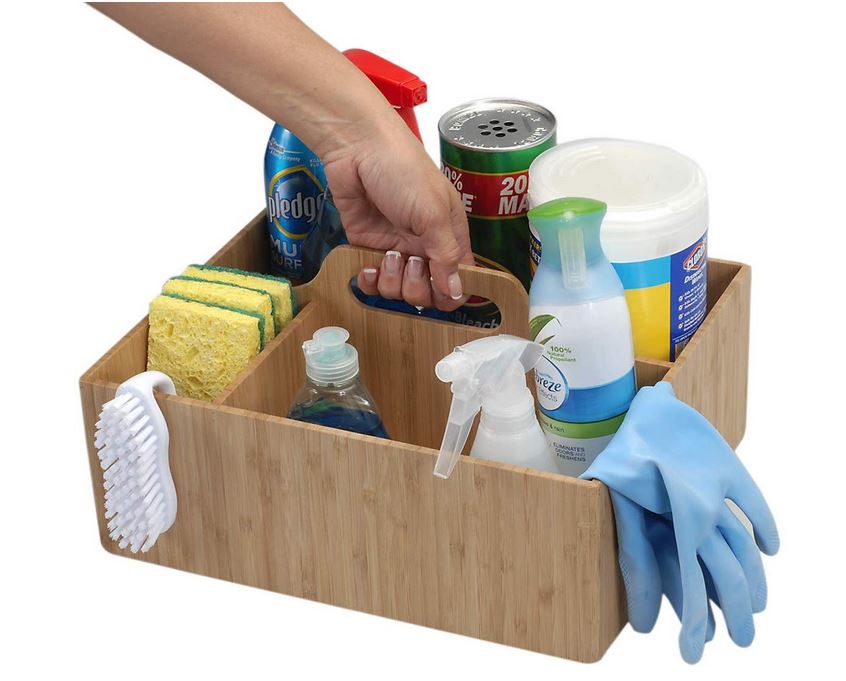 Home Cleaning Services
Home Cleaning Services Offering Companionship
Offering Companionship Providing Medication Reminders
Providing Medication Reminders Providing Transportation
Providing Transportation Running Errands
Running Errands
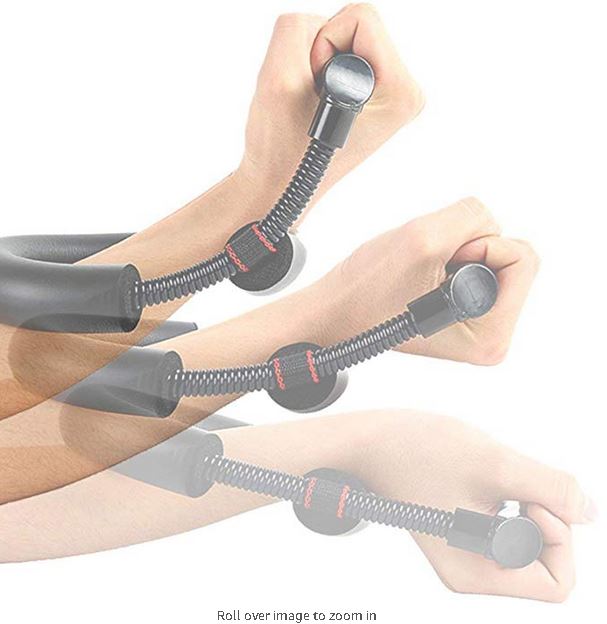
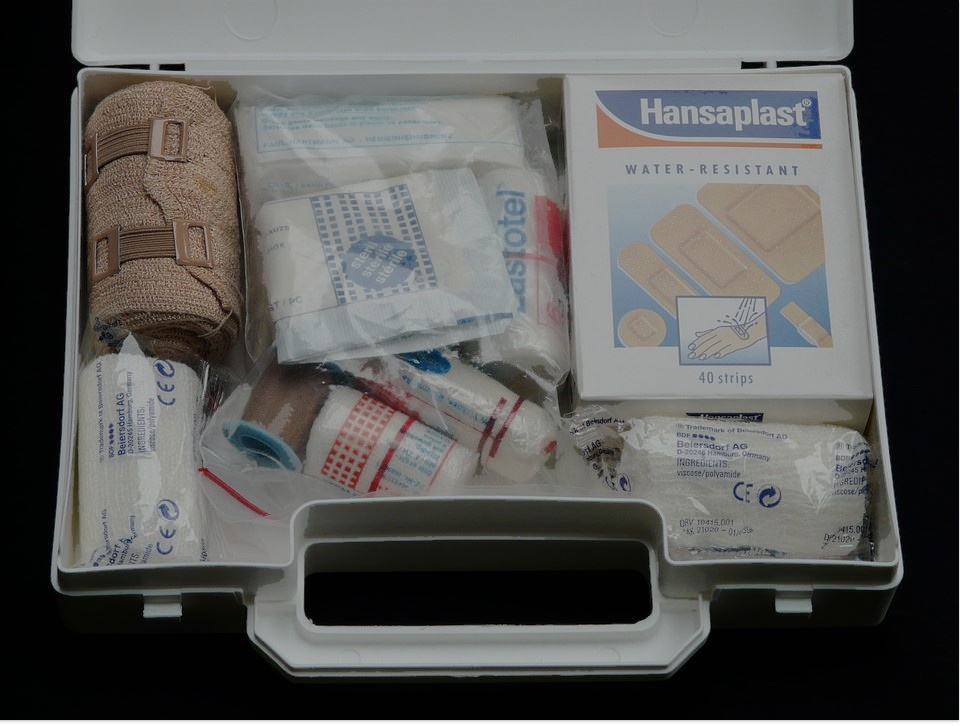 Burn Care
Burn Care Mental Health Rehabilitaion
Mental Health Rehabilitaion
 Canes
Canes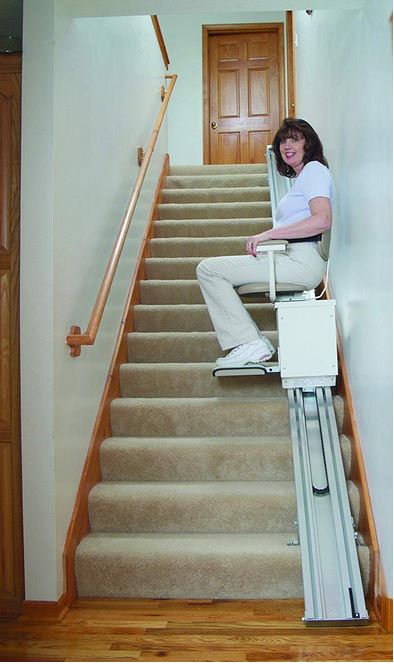 Chair Lifts / Stair Lifts
Chair Lifts / Stair Lifts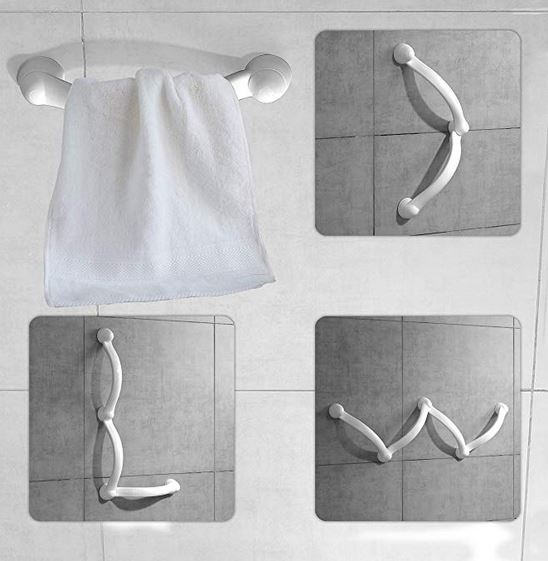 Grab Bars
Grab Bars Knee Scooters / Knee Walkers
Knee Scooters / Knee Walkers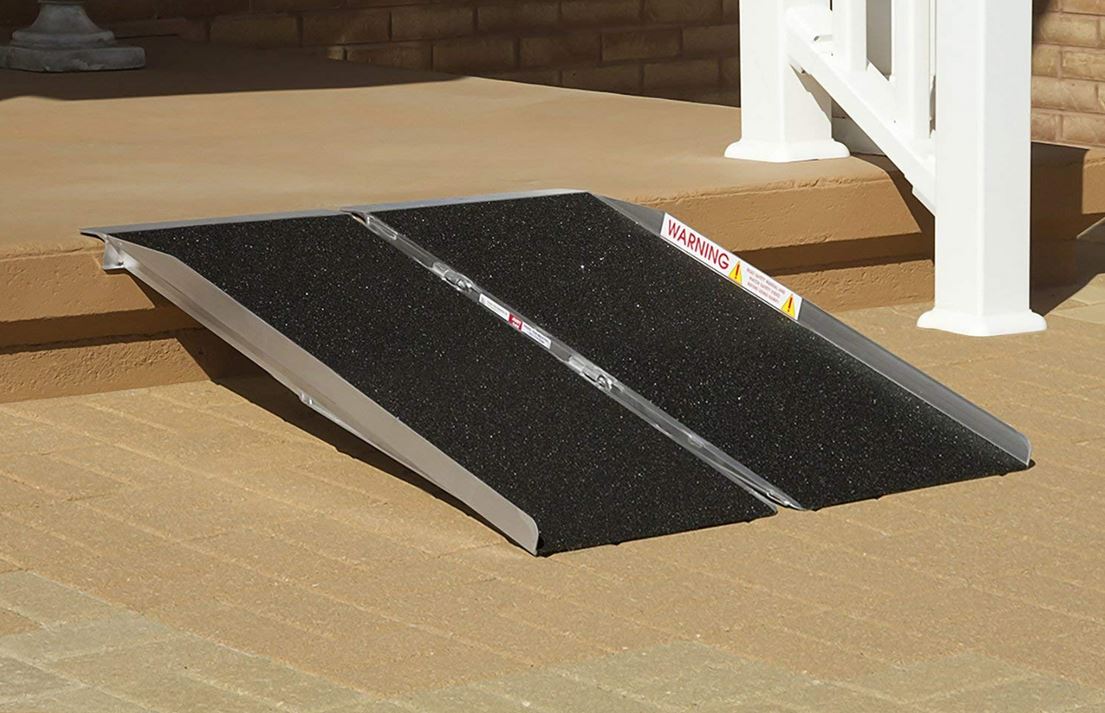 Ramps
Ramps Scooters
Scooters Transfer belts / pads / equipment
Transfer belts / pads / equipment Walkers and Rollaters
Walkers and Rollaters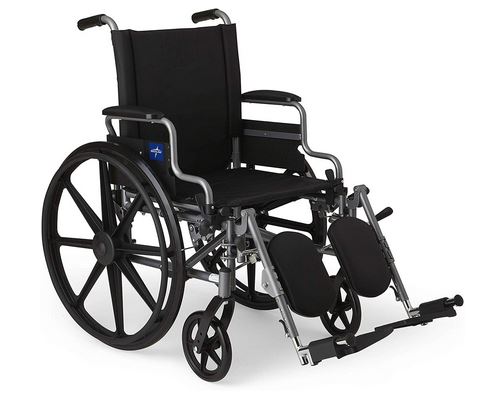 Wheelchairs and Mobile Chairs
Wheelchairs and Mobile Chairs
 Accounting and Tax
Accounting and Tax Books-Seminars-Courses
Books-Seminars-Courses
 ASSISTED LIVING
ASSISTED LIVING Assisted Living Facilities
Assisted Living Facilities Cohousing Communities
Cohousing Communities Manufactured Housing Communities
Manufactured Housing Communities Naturally Occurring Retirement Communities (NORCs)
Naturally Occurring Retirement Communities (NORCs) Personal Residence LIving Independetly
Personal Residence LIving Independetly Accessory Dwelling Units
Accessory Dwelling Units Continuing Care Retirement Communities
Continuing Care Retirement Communities Multigenerational Households
Multigenerational Households


